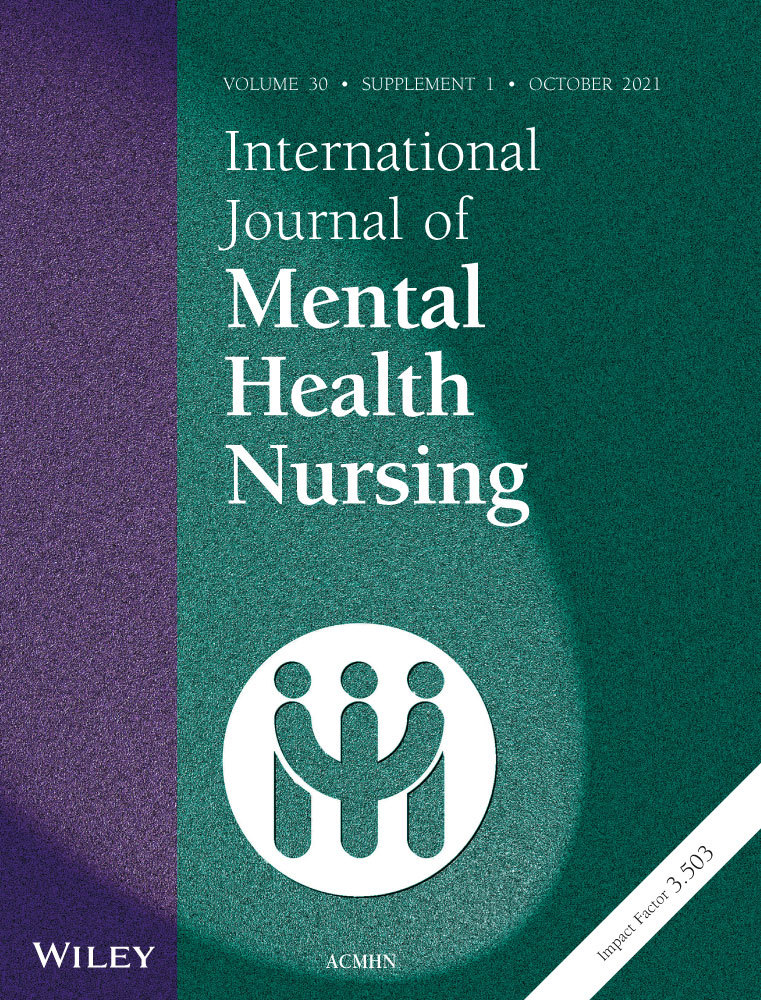Editorial: Liminality and COVID-19 – what do we already know?
In February 2004, a book was left on my office chair entitled ‘Ambiguous loss: learning to live with unresolved grief’ (Boss 1999). It was my first day in a position as an allied health Social Worker tasked with managing a missing person counselling service in Sydney, Australia. The book allowed me to consider the ways in which I might therapeutically support people living with the physical absence of a person, whilst struggling with the perplexing nature of the lack of finality. In the last year, this professional reflection has shaped the way I work and research in response to COVID-19.
Liminality is defined as ‘a state of in-between-ness and ambiguity’ (Beech 2011) that defines how we identify ourselves and how we relate to the world around us. When we exist in the liminal space, we experience a sense of (what I described in my 2015 thesis on the role of hope for families of the missing) as ‘betwixt and between oscillating between the known and the unknown’ (Wayland 2015).
What I have come to learn over my 20 years of working in multidisciplinary teams in responding to uncertainty is that all health professionals exist in this space – in nursing, allied health, crisis and community-based interventions where we support people living with uncertainty about their health experiences. The slow emergence of dementia forces people to explore the identity that is lost as the new one emerges (Boss 2006), nursing those who experience a traumatic brain injury as they seek recovery (Kean 2010), the diagnosis of a complex mental health condition that forces people from one life path to a new one that may or may not be assisted by that diagnosis (Mechling 2015), survivorship after cancer diagnosis (Blows et al. 2012). These health experiences cumulatively trigger losses of the physical and social self. Whilst the concept of supporting people in those in-between moments, the emergence of a virus, that has changed the very nature of how we live, how we interact and how we offer support to those in need, has emphasized that this skillset of tolerating the unknown may be able to extend from our professional lives to the support of others.
In August 2020, a news media article (Thomas 2020) sought my perspectives on how the plight of families I had engaged with, who had a loved one missing, mirrored that of people living with the uncertainty of COVID-19. The professional reflections I gathered noted that parallels to the unknown fear of COVID, as well as the lack of power from families in being able to affect what would be the ‘end of the story’, were prominent. Traditional grief models that explore a linear trajectory of understanding, as to how loss can present itself (as noted by Wayland et al. 2016) need to be coupled with conceptualizing more flexible models of coping, such as Doka’s concepts of disenfranchised grief (Doka 2002) need to be incorporated into supporting our patients or clients who seek out support during this pandemic period. The learnings from health professionals’ pre-pandemic exposure to liminality can provide scope for developing new ways of working and supporting vulnerable individuals, as the second, third and fourth waves of the pandemic shape the way we offer care.
The literature identifies that the ambiguity afforded by COVID-19 is a type of loss that sits outside of the expected losses we experience in our lifetime (Bavolar et al. 2021), similar to what we, as health professionals, witnessed previously for those experiencing sudden trauma, complex mental health diagnoses, nursing post brain injury or even at the end of the lifespan when supporting people with Alzheimer’s related conditions.
The therapeutic modalities and approaches to respond better to those learning to live with an ambiguous loss are not to be outcome focussed in helping people attain closure (Wayland 2015), and COVID-19 opened a door of uncertainty worldwide, meaning that our goal is to remain person-centred allowing movement between hopefulness and hopelessness. Boss (1999) refers to ‘both/and thinking‘ as one of the ways in which individuals (and as self-care strategies for professionals) hold both space for the current and ever-changing pandemic situations, AND providing space to acknowledge the ruminations that occur when a new life experience triggers responses akin to an ambiguous or unresolved loss. My own PhD noted that engagement in spiritual reflection, self-care and recognizing how little we can control the outcome can allow people to find moments of peace.
Analysis of the impacts of the pandemic, on the well-being of others, speaks to both physical challenges as well as mental health and suicidal distress concerns (Shakespeare-Finch et al. 2020) during the last year. However, the perpetual existence of living in a liminal state also creates psychological consequences (Noble & Walker 1997) for individuals. Sevak Simonian, brother of Sassoon Semonian who has been missing in Australia for 8 years, suggests that living with the pandemic as a marathon, where accepting what you cannot control is ‘the mentality we should be aiming for, once you can accept this, (it) is the only way forward’ (Thomas 2020).




